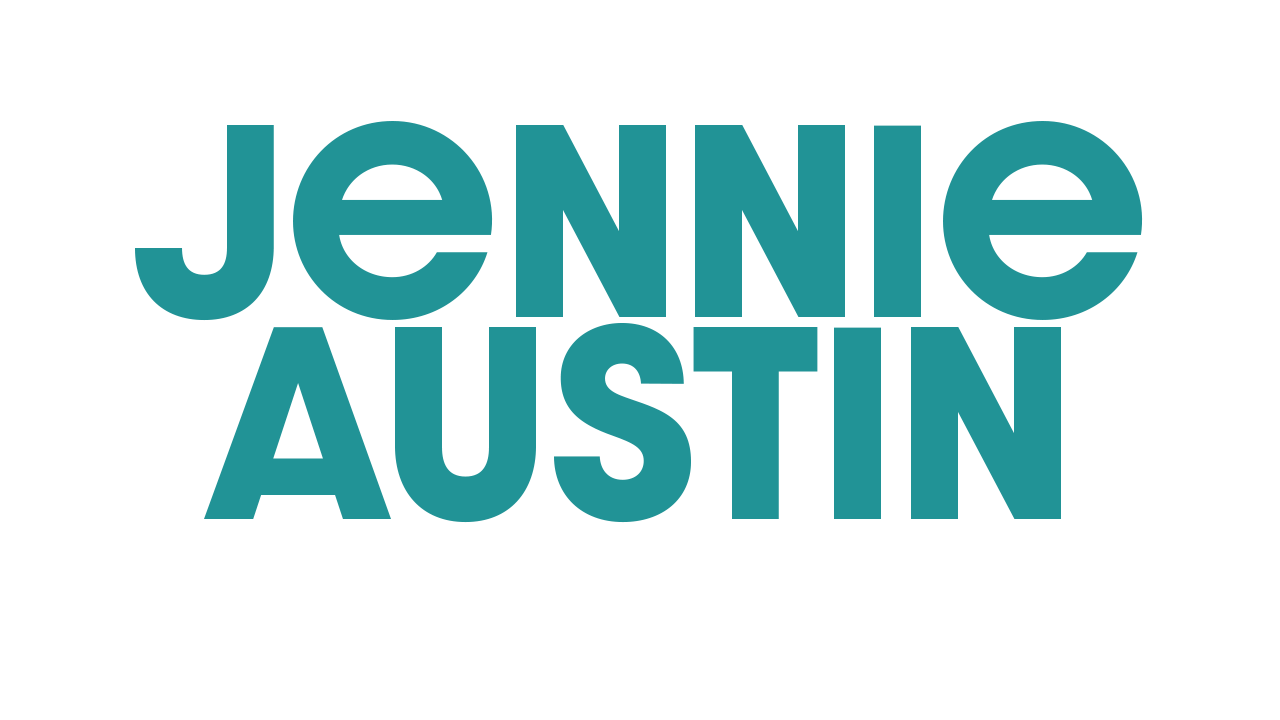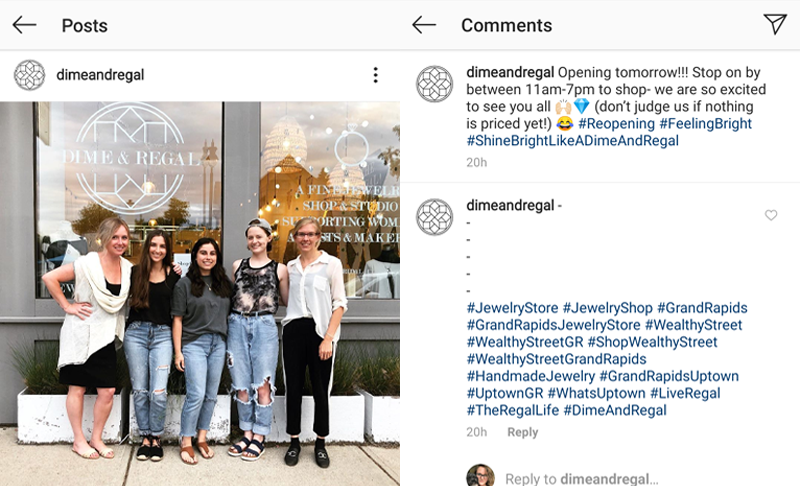The Best Hashtag Tips for Small Businesses in 2020
Photo by John Tyson on Unsplash
If you want your social media content to be found by more people, it’s time to up your hashtag game. Since the introduction of the first hashtag on Twitter by Chris Messina in 2007, this feature has come a long way, especially after being implemented on other major platforms like Facebook and Instagram.
In short, a hashtag is a word or phrase grouped together with no spaces and begins with a pound symbol (#). Hashtags are used to group together social media content along the same theme. On many platforms, users can “follow” a hashtag to see new posts that use that particular tag in their feed. For example, when I was planning my wedding, I followed the hashtag “#DIYwedding” on Instagram to get inspired by what other people were creating for their wedding.
Using hashtags in your social media content will help you reach a wider audience and boost engagement. However, there are some important tips you should keep in mind so that you don’t actually decrease your reach and engagement by using tags the wrong way. Read more for my best advice on using hashtags in 2020.
Find the best tags first
If you go to Twitter or Instagram and search for the hashtag “#music”, you’ll find millions of posts! The shorter and more widely-used your tag is, the more competition there is to show up as one of the top posts for it when users search for it.
As a small business, you need to look for hashtags that are more specific to your target audience and have lower volume. Here is how to do that on Instagram:
Search for the tag you’d like to use.
Take a look at the “top posts” section and click on one of the posts.
If possible, check how many likes and comments are on the post. If you tend to get around the same amount of engagement on your posts, that’s a good sign that you might be able to show up in the “top posts” section of that hashtag search.
A simpler way to do this is to just pay attention to the amount of posts that use the hashtag. I would recommend using hashtags that have less than 100k posts.
Use local hashtags
People love supporting their community and being in the know of what’s happening around town. If you have a brick and mortar location or are hosting an event, think about using hashtags related to your city and surrounding areas.
If you live in a big city like Chicago, use your neighborhood or surrounding neighborhood like #LoganSquare or #LincolnPark. You can also add #ShopLocal to the beginning of your city’s name, like #ShopLocalGrandRapids or #ShopLocalGR.
Don’t go overboard on these, though. I will explain why later in this post.
Keep them relevant
Don’t use hashtags that aren’t related to the content of your post. This can hurt your engagement numbers, especially if you use something spammy like #Follow4Follow or #ShopNow. Some platforms like Instagram actually ban hashtags like these. (Click here for a list of hashtags that are currently banned on Instagram.)
For optimal engagement and user satisfaction, make sure to use tags that are actually relevant to your post. Think of what users might be searching for on social media in order for them to come across your brand and actually want to buy from you.
Dime & Regal puts their hashtags in the first comment of their posts on Instagram.
Put hashtags in your comments on Instagram
There is no real science behind this tip, but it helps keep your Instagram captions clean. Rather than adding your hashtags at the end of your caption, put them in the first comment of your post.
This will still make your post searchable, but will show a much cleaner caption when users click “... more” to read your full post.
Don’t use too many tags
One misconception about hashtags that some have is that the more hashtags you use, the more likely it is that your post will be found by more people. This isn’t true! In fact, a recent study by Mention showed that posts with a ton of hashtags saw way less engagement.
Instagram allows users to use up to 30 hashtags, and although some marketers might recommend that you use as many as possible, this marketer recommends focusing on quality over quantity.
Instagram: Shoot for 7 or less hashtags. Make them super relevant to your post. You can feel free to add more than 7 if you have some branded hashtags that you like to use (such as Dime & Regal’s #TheRegalLife hashtag), but keep the total number to 15 or less.
Twitter: Shoot for 2 or less hashtags. Only use them if they truly add to the conversation.
TikTok: Because TikTok is still so new, it basically runs on hashtags. However, don’t use more than 3 or 4 hashtags—mostly because any more than that simply looks cluttered on posts on the platform.
LinkedIn: Definitely don’t use more than 7 hashtags, but again, only use them if they add to the conversation.
Facebook: Don’t use hashtags on Facebook. They won’t make much of a difference for your reach and engagement numbers.
Photo by Thought Catalog on Unsplash
Change it up
Another strategy that might hurt your engagement or reach is using the same hashtags over and over. Instagram might penalize you for this spammy behavior. Instead, create hashtag groups for the different things you post and change them up every single time you publish something.
There are a few benefits to this. Especially if you’re just starting out, you’ll be able to see which hashtags perform best in gaining new likes and followers. Not only that, but the Instagram algorithm won’t mark your account as spam and limit the number of people who can see your posts.
If you’ve read my previous posts about search engine optimization (SEO), you might be thinking that building a strong hashtag strategy sounds very similar to finding the best keywords for your website. That’s because many of the algorithms used by social platforms are using the same factors that Google uses to rank search results. Employing the same type of mindset for each category of your digital marketing strategy will help you better understand the best course of action for your business.







Hi! I’m Jennie.
Thank you for visiting my blog! I write about marketing tips for small businesses and how to succeed as a female professional. I write from experience about the things that I love.